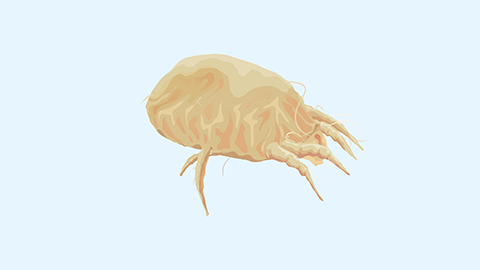How to determine if a bump is caused by a mite bite
Generally, to determine whether a bump is caused by a mite bite, one can observe its appearance, assess symptoms, examine the affected area, review exposure history, and seek professional diagnosis. If abnormalities are present, prompt medical attention is recommended. Detailed analysis is as follows:

1. Observe appearance: Mite bites typically appear as small red papules or vesicles, with relatively regular shapes, often round or oval, and usually have a central small bump caused by the mite's mouthparts. Additionally, there may be a red halo around the bump.
2. Assess symptoms: After a mite bite, there is usually significant itching that lasts for a prolonged period and may worsen at night. The bitten area may also develop redness, swelling, pain, or a burning sensation. Individuals with allergic constitutions may experience more severe allergic reactions, such as high fever and difficulty breathing.
3. Examine affected area: Mite bites typically occur on thin and easily exposed areas of skin such as the face, neck, arms, and legs. These areas are more frequently exposed to the external environment and are thus more susceptible to mite bites.
4. Review exposure history: If you have recently been in contact with environments that may harbor mites—for example, mattresses, pillows, carpets with high dust mite levels, or pets—then skin symptoms should raise suspicion of mite bites.
5. Seek professional diagnosis: If the cause of the skin symptoms is unclear, it is recommended to consult a professional physician for diagnosis. The physician may perform a physical examination, dermoscopy, allergen testing, or a complete blood count to confirm whether the lesion is caused by a mite bite.
If diagnosed with mite bites, treatment under a physician's guidance may include medications such as erythromycin ointment, mupirocin ointment, minocycline capsules, or doxycycline tablets to relieve symptoms.





